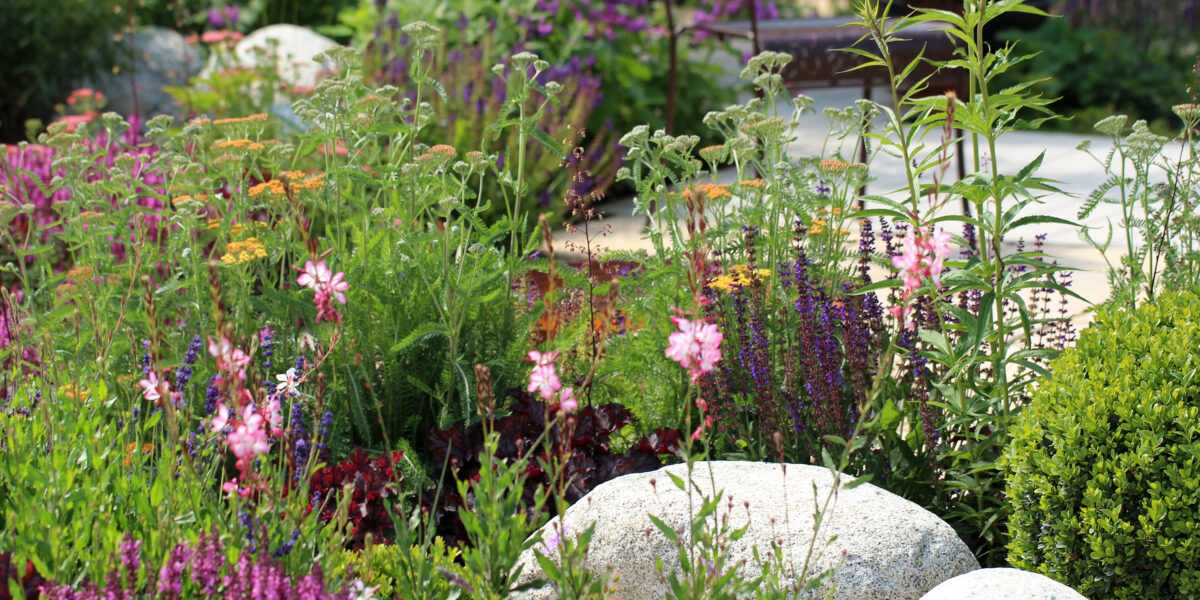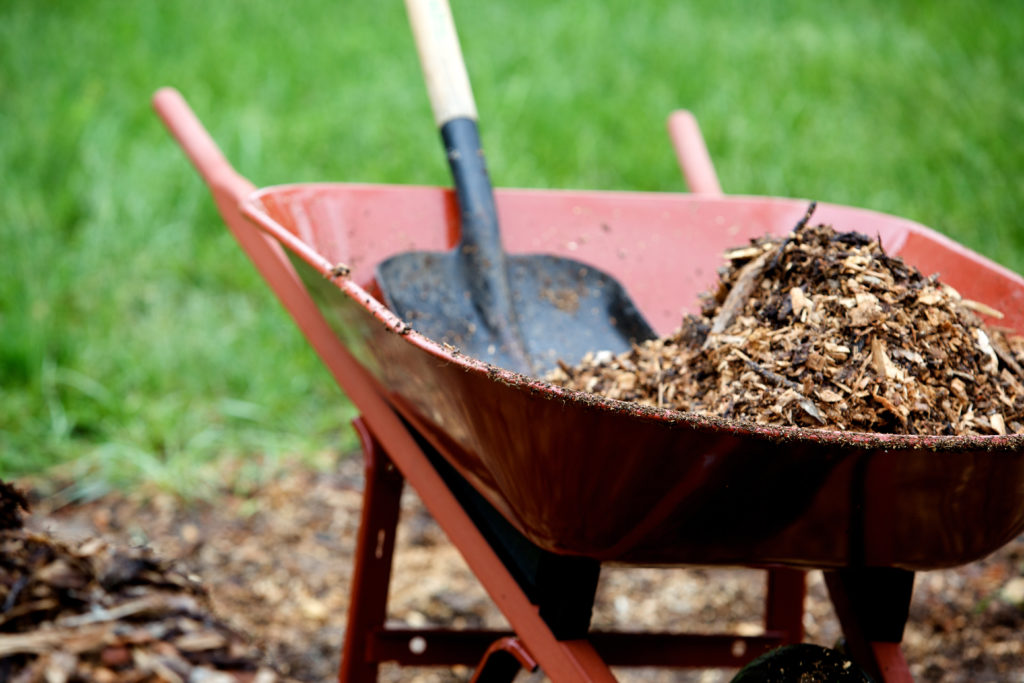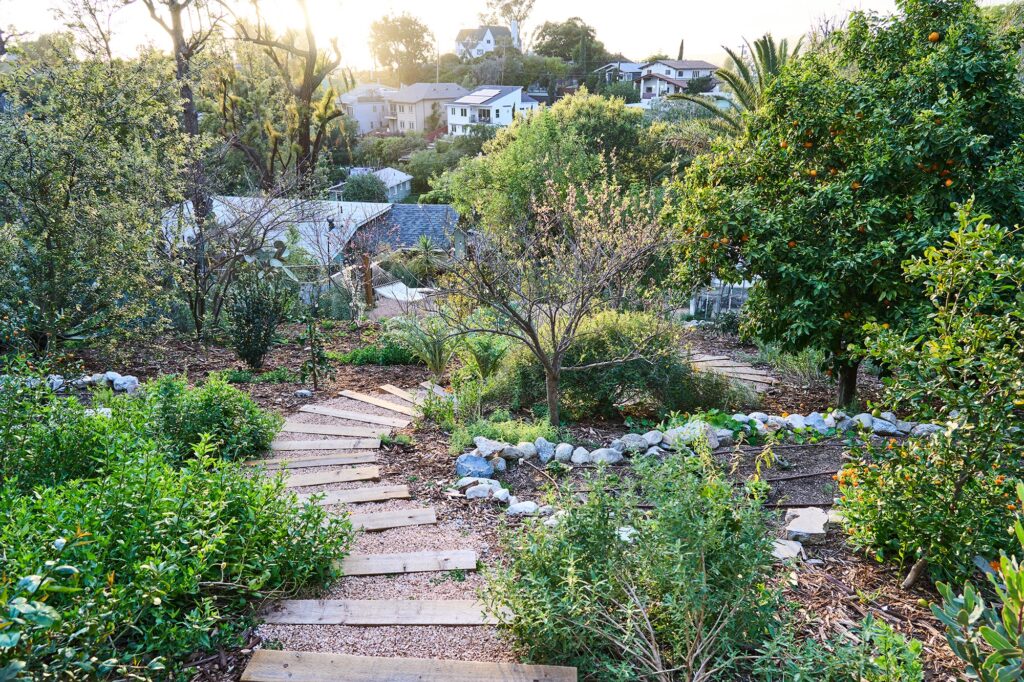
5 Things You Should Do to Control Erosion in Your Garden Before the Rainy Season Starts
Beautiful and natural looking ideas for keeping your landscaping stable this rainy season.

As the rainy season approaches, safeguarding your garden and landscape from erosion is key to maintaining its beauty and function—not to mention protecting your home and surrounding structures from damage. You don’t have to live on a hillside either; erosion can strip away precious topsoil, create unsightly gullies, and even threaten your home’s foundation. Luckily, there are smart, sustainable ways to prepare and protect your land from heavy rains, and they also look fantastic. Whether you’re living in the Southwest’s dry climate or the Pacific Northwest’s soggy seasons, these are five techniques to keep your soil in place and your garden growing.

Thomas J. Story
1. Plant Native Ground Covers and Grasses
Native plants are naturally adapted to your region’s climate and can be a powerful ally against erosion. Deep-rooted native grasses bind soil tightly and stabilize slopes. Groundcovers like creeping wild strawberry (Fragaria chiloensis) and spreading phlox (Phlox subulata) can also help cover bare areas, reducing runoff while supporting local wildlife. Plant before the rainy season begins so the roots have time to establish.
Regional native ground covers to consider:
- California natives: California fescue (Festuca californica) and purple needlegrass (Stipa pulchra)
- Pacific Northwest: tufted hairgrass (Deschampsia cespitosa) and blue wildrye (Elymus glaucus)
- Intermountain West: Idaho fescue (Festuca idahoensis) and squirreltail (Elymus elymoides)
- Southwest: basin wildrye (Leymus cinereus) and Buffalo grass (Bouteloua dactyloides)

eyecrave/Getty Images
2. Use Mulch and Compost to Protect Bare Soil
Bare soil is highly susceptible to erosion, but a simple layer of mulch can act as a protective shield. Organic mulches like bark chips, compost, or straw absorb rainfall, slow water runoff, and improve soil structure over time. For steep slopes, you can install biodegradable erosion control mats made of coir or jute that can hold mulch in place until the plants become established.

Thomas J. Story
3. Design with Swales and Rain Gardens
Swales—shallow trenches dug along the contour of a slope—can capture and redirect water, giving it time to absorb into the soil rather than running off. Take this concept one step further and combine swales with a rain garden, adding a sunken bed planted with moisture-tolerant natives at the lower elevation of a slope. Swales and rain gardens work beautifully together managing runoff, reducing erosion, and creating a visually interesting and naturalistic landscape.
Regional native plants to consider:
- California: Western red columbine (Aquilegia formosa) and California buckwheat (Eriogonum fasciculatum)
- Pacific Northwest: Red osier dogwood (Cornus sericea) and Oregon grape (Mahonia aquifolium)
- Intermountain West: Showy milkweed (Asclepias speciosa) and sagebrush (Artemisia tridentata)
- Southwest: desert marigold (Baileya multiradiata) and Mexican elderberry (Sambucus nigra ssp. caerulea)

Thomas J. Story
4. Install Retaining Walls with Smart Materials
For more dramatic slopes, retaining walls are a practical solution. Opt for sustainable materials like gabions (cages filled with rocks) or interlocking permeable blocks to hold back soil while allowing water to seep through. Unlike solid concrete walls, these semi permeable hardscapes add beauty and ecological value to your landscape. Retaining walls don’t have to be purely functional either; pair them with drought-tolerant, shallow-rooted natives to soften the hard edges.
Regional native plants to consider:
- California: Coastal live oak (Quercus agrifolia) and manzanita (Arctostaphylos)
- Pacific Northwest: Pacific rhododendron (Rhododendron macrophyllum) and Nootka rose (Rosa nutkana)
- Intermountain West: mountain mahogany (Cercocarpus) and aspen (Populus tremuloides)
- Southwest: pinyon pine (Pinus edulis) and creosote bush (Larrea tridentata)

Thomas J. Story
5. Add Contour Logs or Straw Wattles
Laying contour logs or straw wattles across a slope is an excellent way to interrupt water flow. These barriers slow down rainwater, giving it time to soak into the soil and deposit sediment. Straw wattles are made from biodegradable materials and can be left in place to decompose over time, while contour logs or large tree branches offer a more natural-looking solution for rustic landscapes. Be sure to stake wattles or logs securely to prevent them from shifting during heavy rain events.
